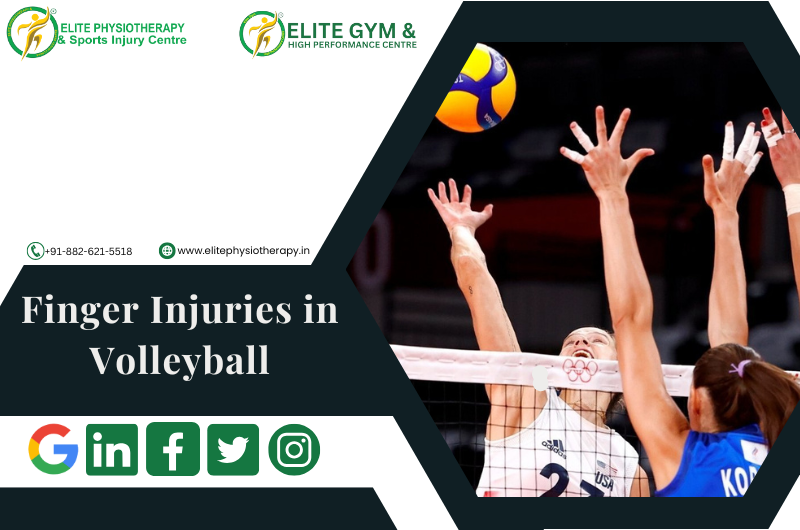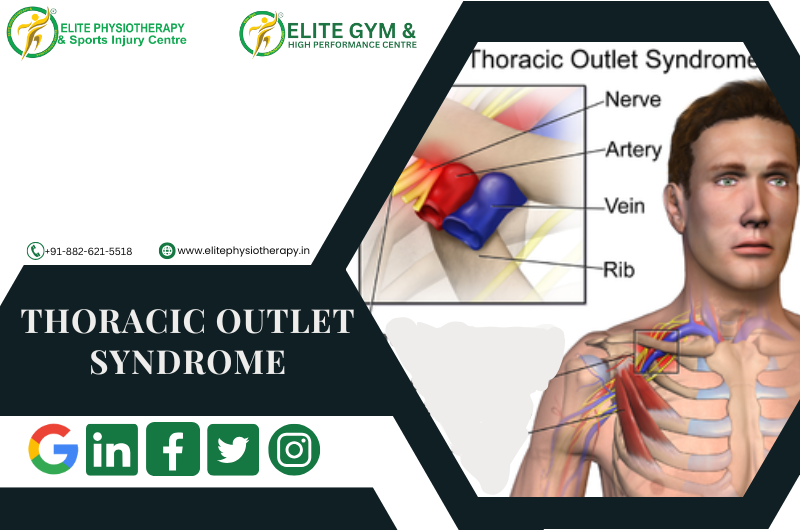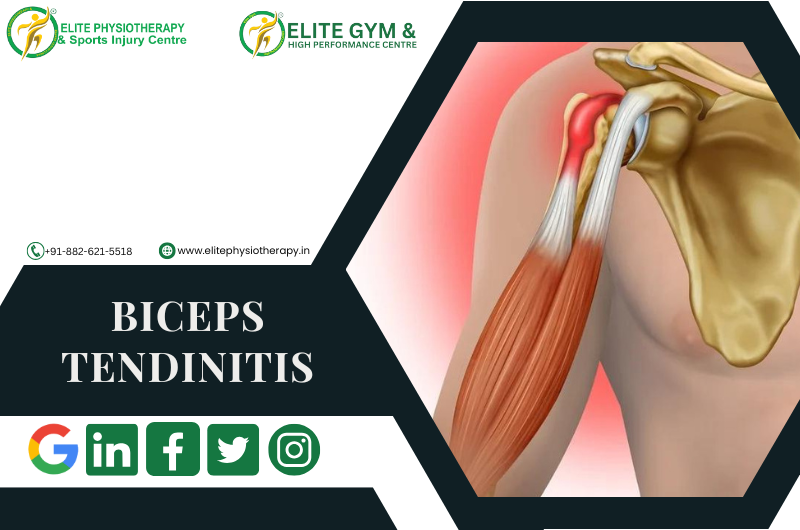Introduction
A shoulder labrum injury is a common yet often overlooked condition that can significantly impact shoulder stability, mobility, and performance. Using premium physiotherapy services and cutting-edge methods, we at Elite Physiotherapy and Sports Injury Centre in Delhi and Gurugram provide a thorough, cutting-edge, and individualized approach to treating labral injuries.
What is a Shoulder Labrum Injury?
The fibrocartilaginous rim that surrounds the glenoid shoulder socket is called the labrum. In addition to improving joint stability and deepening the socket, it serves as an anchor point for the biceps tendon and several ligaments. A labral tear, which is injury to this structure, can impair shoulder function, strength, and control.
Labral injuries commonly affect overhead athletes, weightlifters, and active individuals, often resulting from trauma, overuse, or degenerative changes.
Causes of Shoulder Labrum Injuries
For focused treatment, it is essential to comprehend the underlying cause. Typical reasons include:
- Trauma: Being struck directly in the shoulder or falling on an outstretched arm.
- Repetitive Overhead Activities: Baseball, swimming, tennis, and volleyball are among the sports that frequently include repetitive overhead activities.
- Heavy Weight Lifting: Particularly when biomechanics are compromised.
- Sudden Pulling Forces: A sudden pull on the arm.
- Shoulder Dislocation: An anterior labrum rupture (Bankart lesion) is frequently the outcome of shoulder dislocation.
Mechanism of Injury
Usually, labral injuries are caused by:
- Compression Forces: Compression forces include things like hitting the shoulder directly.
- Torsional Stress: Twisting while the arm is stabilized.
- Excessive Range of Motion: Excessive range of motion might cause the capsule to extend too much and tear the labrum.
Signs and Symptoms
- Deep, vague shoulder pain
- Clicking, popping, or grinding sensation
- Weakness or fatigue during activity
- Loss of range of motion
- A feeling of instability or looseness
- Pain with overhead movements or lifting
Types of Labrum Tears
- SLAP Tear (Superior Labrum Anterior to Posterior): Common in athletes; affects the top of the labrum.
- Bankart Lesion: Involves the anterior-inferior portion; often from dislocations.
- Posterior Labral Tear: Seen in contact sports or due to repetitive strain.
- Degenerative Labrum Tear: Often age-related or due to chronic wear and tear.
Diagnosis at Elite Physiotherapy
At Elite Physiotherapy and Sports Injury Centre, we emphasize accurate diagnosis using a combination of:
Physical Assessment
- Apprehension and Relocation Test: Indicates instability and anterior labrum involvement.
- O’Brien’s Active Compression Test: Detects SLAP tears.
- Crank Test: Assesses labral integrity under rotation and compression.
- Biceps Load Test II: Evaluates SLAP lesion with elbow flexion and resisted supination.
Functional Assessment
- Evaluation of shoulder biomechanics
- Scapular movement analysis
- Postural and muscular imbalances
- Sport-specific movement evaluation
When is Surgery Required?
Surgery may be considered when:
- The tear is large and unresponsive to conservative management
- There is a frequent shoulder dislocation
- There is severe instability affecting daily and sports activities
- Associated with significant rotator cuff or biceps tendon pathology
- No improvement with at least 6–8 weeks of structured physiotherapy
At Elite, we aim to avoid surgery wherever possible by delivering targeted physiotherapy that promotes healing and restoration.
Physiotherapy Management at Elite Physiotherapy
We provide an evidence-based, sport-specific, non-surgical approach tailored to each patient’s lifestyle and athletic goals.
Pain Management
We begin by reducing pain and inflammation using:
- Cryotherapy: Controlled cold therapy to reduce swelling
- High-Intensity Class 4 Laser: Speeds up tissue healing and reduces pain
- Super Inductive System (SIS): Stimulates deep tissue repair through magnetic field therapy
Manual Therapy Techniques
- Joint Mobilization: To improve glenohumeral mechanics
- Soft Tissue Mobilization: For surrounding muscles like the rotator cuff, deltoid, and scapular stabilizers
- Myofascial Release: Enhances circulation and relieves tightness
Advanced Modalities
- CRET Therapy: Promotes deep tissue healing by improving vascularity and cellular regeneration
- Shockwave Therapy: Used with caution if coexisting calcific tendonitis is present, and used in case of chronic conditions.
- Dry Needling and Taping: As needed to support tissue relaxation or stability
Corrective Exercise Prescription
- Scapular stabilization and control
- Rotator cuff strengthening
- Neuromuscular control of the shoulder complex
- Proprioceptive training
- Postural correction and ergonomic education
Hydrotherapy
We may incorporate gentle aquatic exercises early in rehab to promote low-impact mobility and strengthening without overloading the joint.
What Makes Elite Physiotherapy Unique?
- Expert Sports Physiotherapists with experience treating Olympic and national-level athletes
- State-of-the-art Equipment, including Class 4 Laser, CRET, SIS, and advanced cryo-therapy units
- Personalized Care with sport-specific rehabilitation goals
- Detailed Assessment Protocols based on the latest clinical reasoning and hands-on experience
- Holistic Approach addressing the root cause, not just the symptoms
Conclusion
A shoulder labrum injury can be frustrating and functionally limiting, especially for athletes and active individuals. The right physiotherapy strategy doesn’t just make recovery possible—it maximizes your potential to come back stronger than before.
At Elite Physiotherapy and Sports Injury Centre, we combine clinical expertise, cutting-edge modalities, and athlete-centric care to deliver lasting recovery and enhanced shoulder function.
If you’re experiencing persistent shoulder pain or instability, book your appointment today at www.elitephysiotherapy.in and take the first step towards pain-free, powerful shoulder performance.










